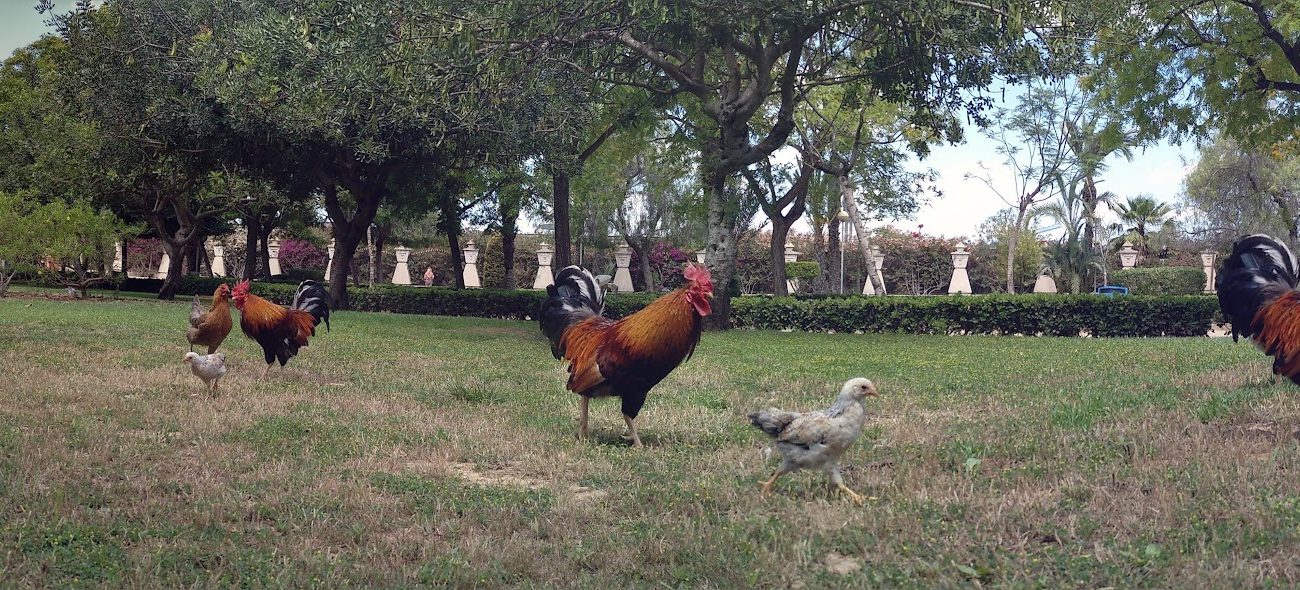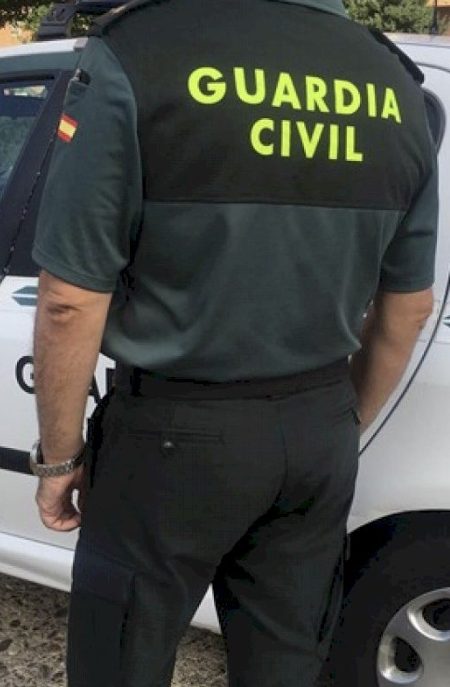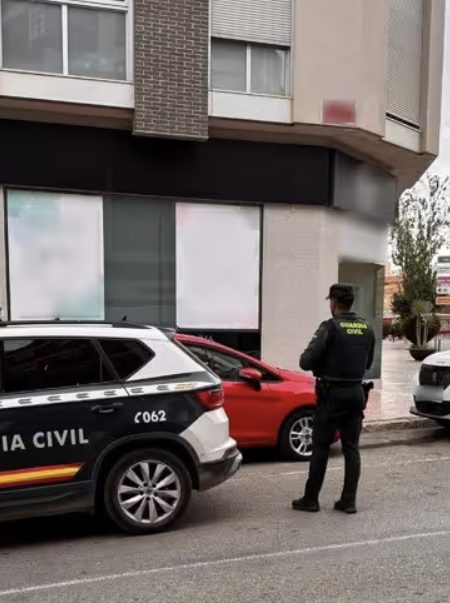Torrevieja City Council has awarded the bird control contract to Adda Ops for 33,600 euros and a one-year execution period, according to a report on Friday, October 3rd, by the councillor and secretary of the local government board, Federico Alarcón, after the company withdrew from the contract in August after proposing to capture over 700 roosters, hens, and chickens from the streets of Torrevieja.
The municipal objective is to eliminate the birds from numerous locations of public roads, as they are capable of causing traffic accidents and lack veterinary supervision due to their natural breeding habits in urban areas. An image that has become a national trend and a target for TikTok users this summer.
In order to guarantee that the animals are apprehended without being euthanised, the successful bidder must possess a shelter or sanctuary. This is not a municipal recommendation. This is a prerequisite of the current state legislation regarding animal welfare. This necessitates the company to execute the transport and execute a transfer contract with the sanctuary, thereby elevating expenses.
In reality, the City Council had been in the process of processing a contract for nine months, which, excluding VAT, scarcely exceeded €16,000 in investment.
In the interim, the areas with the highest concentration of gallinaceous birds in urban areas for many years have not only experienced a decrease in their populations and the area of their typical urban habitat.
The Parque de las Naciones, which originated in the 1990’s
There is no enigma surrounding the origin of the hen and rooster population. It is situated in the Parque de las Naciones park, which was constructed by the Torrevieja City Council in the 1990’s.
A green space where the municipality has elected to release ducks, geese, and peacocks, in addition to poultry. This bird population is sustained in the vicinity of the park.
The urban adventures of hens and roosters cause the most problems, despite the fact that the area is surrounded by busy roads, such as the N-332 and the ring road leading to Avenida Villa Madrid. The animals traverse these roads, resulting in some accidents, despite the fact that the area is fenced and opened and closed daily.
They relocated from that park to others, including the one that was in close proximity to the station.
The lack of evidence that anyone placed them there dilutes the true origin of the issue in the municipal decision. The expansion of the wildlife population has not been exponential in the past few years. It has transpired for more than thirty years.









No Comment! Be the first one.